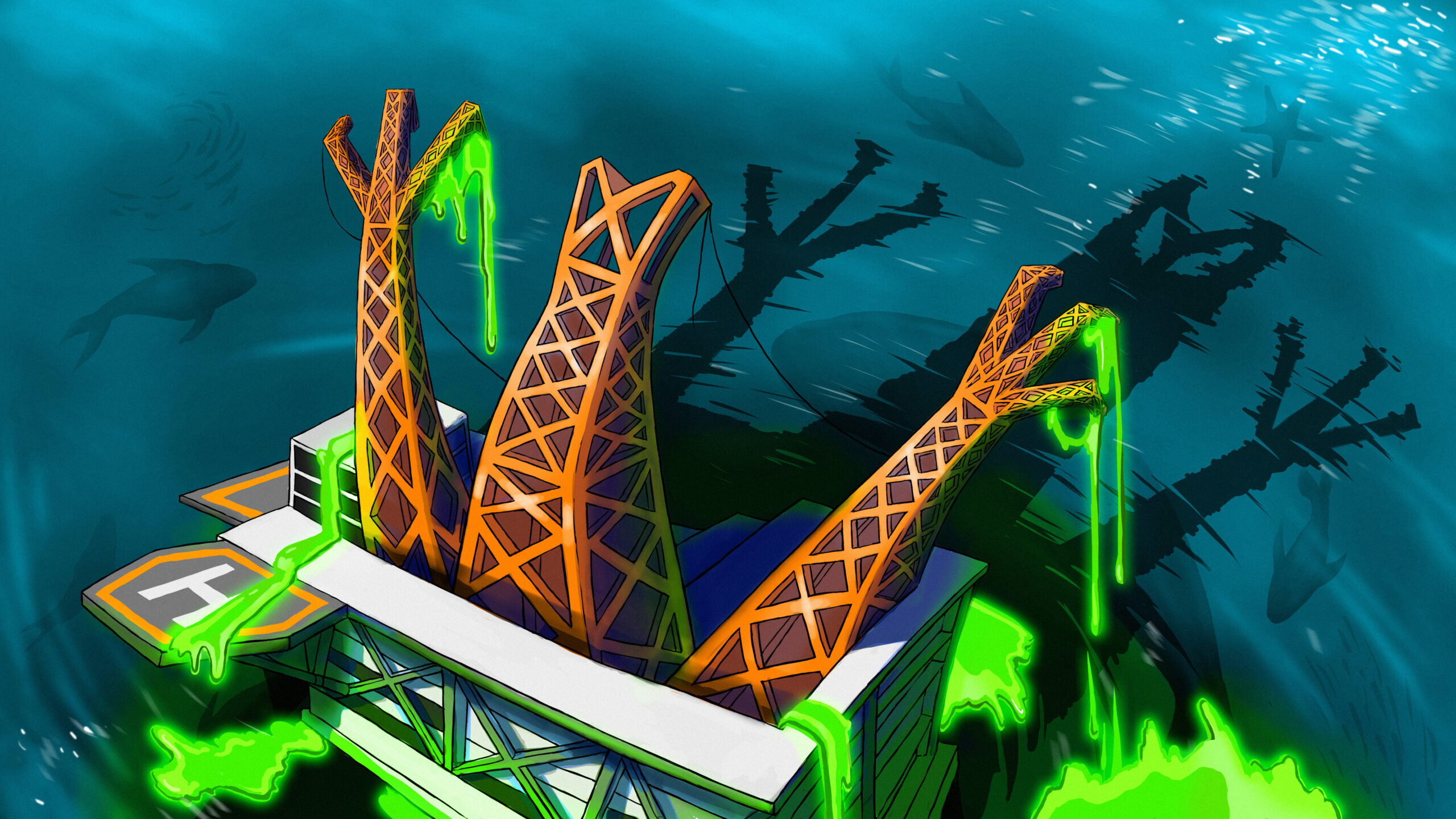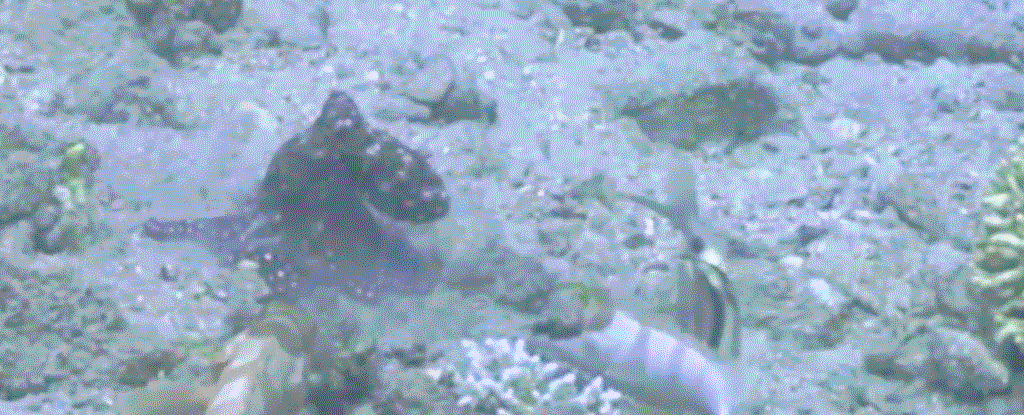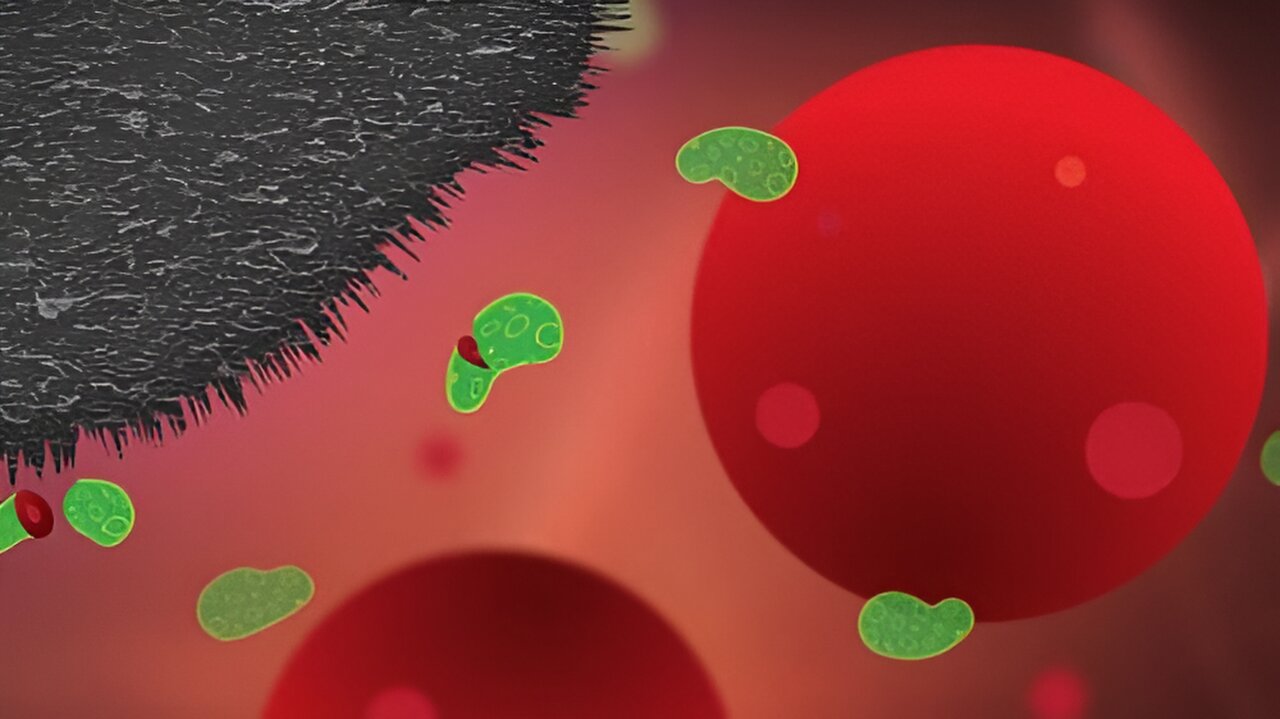Just your ordinary average everyday Scottish bampot and circumbendibus relator of infantile jocundity
- 2.37K Posts
- 39 Comments

 1·1 month ago
1·1 month agodeleted by creator

 2·2 months ago
2·2 months agoNope… No paywall on this version here dude :-
https://www.popularmechanics.com/science/math/a20718322/building-a-time-machine/

 2·2 months ago
2·2 months agoThis is exactly what the research guys have concluded, whether it be dusty folks in war zones, emergency service personnel or just your ordinary, average everyday dusty dude in the street. The inflammatory response is triggered by a build up of nasties in the body, a combination of toxins, fine particulates and biological pathogens, the end result is immune dysregulation…Bingo!

 52·2 months ago
52·2 months agoAnd again, what you consider to be merely an economic issue is exactly where you seem to be missing the point.
Quarrying is environmentally destructive. It has contamination and pollution issues. It carries health issues. As well as the costly logistics of transporting bulk around the planet. Governments these days no longer wish any company, large or small, to go around tearing rock, in any form - pre ground or otherwise -out of the ground. So your next problem would be sourcing the base materials for your manufactured product legally.
Economically, even if you did manage to quarry,crush,sieve,grade and mix your sand for lets say £1000 a ton. What architect on the planet would specify the use of such an environmentally unfriendly and costly material and what construction company in the world would pay such a price?
Architects are already specifying more sustainable materials and construction techniques are changeing, but at present, people are still destroying the planet and killing each other for sand ! That’s the current economic situation.

 62·2 months ago
62·2 months agoNobody is saying that without a time limit and at great expence sand can not be manufactured, but it is not even that simple.
Firstly : You would have to quarry your rock of preference before crushing, sieving, grading, and more than likely, also having to transport your specific rock grains to be mixed with other types of crushed and graded chips, depending on your sands ultimate purpose.
Secondly : It is not cheap to extract stone from the earth plus quarrying leaves very big holes in the ground! Permission from authorities to open new quarries or pits is not easily obtained in most countries.
Thirdly: Crushing is hazardous, polluting, environmentally destructive and very expensive .
The sand problem has been bubbling away on the back burner for years, hence the many and various ongoing efforts from all around the globe to recycle or create new and innovative construction materials.

 111·2 months ago
111·2 months agoWhy the world is running out of sand
Our planet is covered in it. Huge deserts from the Sahara to Arizona have billowing dunes of the stuff. Beaches on coastlines around the world are lined with sand. We can even buy bags of it at our local hardware shop for a fistful of small change.
But believe it or not, the world is facing a shortage of sand. How can we possibly be running low on a substance found in virtually every country on earth and that seems essentially limitless?
The problem lies in the type of sand we are using. Desert sand is largely useless to us. The overwhelming bulk of the sand we harvest goes to make concrete, and for that purpose, desert sand grains are the wrong shape. Eroded by wind rather than water, they are too smooth and rounded to lock together to form stable concrete.
The sand we need is the more angular stuff found in the beds, banks, and floodplains of rivers, as well as in lakes and on the seashore. The demand for that material is so intense that around the world, riverbeds and beaches are being stripped bare, and farmlands and forests torn up to get at the precious grains. And in a growing number of countries, criminal gangs have moved in to the trade, spawning an often lethal black market in sand.
https://www.bbc.com/future/article/20191108-why-the-world-is-running-out-of-sand

 1·3 months ago
1·3 months agoYou could be right on the governments dislike of a popular and profitable imported product!.. But what about RPE ?
RPE will not eliminate disease in cases of extended long term exposure.
RPE has only to be used as ‘The very last resort’…and is only supposed to be used as…‘The very last resort’…and only as…‘The very last resort’ for short periods of time, as…‘The very last resort’
Why do so many people equate the usage of respiratory protection with ‘A Safe Working Environment ?’
In areas where long term usage of such protection is required, an operatives working environment is exactly the opposite of ‘SAFE’ !
There is No Known Safe Working Exposure Limit when working in respirable crystalline silica dust…NONE !
deleted by creator

 74·4 months ago
74·4 months agoDo I sound upset ? Crikey! ha ha
Sorry duder ,I am immune to upset and trivialities such as social media comments do not even register as irratation on my ragged toenail scale.
I do attempt to upload the original paper where possible, but when (As is par for the course these days) the publication is behind a paywall and as in this case, without even an abstract ,then the news article has to be the option for the post.
Take care and have an article annoyance free day .

 41·4 months ago
41·4 months agoNot my headline and I did not write the article
Here is the actual report ,crikey you have to pay for it !!.. Well what a bummer ,there is the reason for posting the news article instead of the actual report…Happy Now ?
Large Study Links Industrial Solvent in Drinking Water to Parkinson Disease Risk in Camp Lejeune Veterans
Neurologist Samuel Goldman, MD, MPH, had long felt obligated to dive into the question of whether the volatile organic compounds (VOCs) that had contaminated the drinking water at Marine Corps Base Camp Lejeune up to the mid-1980s were associated with an increased risk of Parkinson disease.
https://jamanetwork.com/journals/jama/article-abstract/2805182

 1·4 months ago
1·4 months agodeleted by creator

 5·4 months ago
5·4 months agodeleted by creator

 2·5 months ago
2·5 months agoI would say that slavery could perhaps be considered an occupational hazard!
Slavery or the imprisoning /detaining personel against their will to enforce labour was once common in farming ,construction and many other industries in this country and probably still goes on.
Gangs would (and probably still do) convince unwitting refugees to come over here to work for them on the promise of great wages and full board. Once here these people would be kept in shacks,caravans and the likes, but usually in overcrowded slum conditions, threatened with violence or beaten daily and forced to work without pay or for food (if they were lucky)
A few years back the construction industry raised awareness of this problem and asked the workforce to be vigilant,to keep their eyes open and report any signs or suspicions of enforced labour. Thanks to this awareness campaign many of these gangs were caught and imprisoned ,thousands of illegally detained people were released… The car wash app was set up for a similar purpose
Raising awareness on the subject of occupational hazards is not solely about RPE ,employees face many risks and many hazards…
As for car washing ,PPE required would be waterproof footwear and clothing ,protective gloves , eye protection, a respirator for use when cleaning the inside of dirty vehicles , a respirator would also be required when the likes of chemical sprays, special waxes, sealers, body finishes or any other solvents were in use… Take care

 2·6 months ago
2·6 months agoMasks are only supposed to be used as the very last resort ,it matters not a jot if you have a top of the range respirator ,in those conditions workers could put a new filter in their masks every morning and they would still be breathing in dust . No fit is ever perfect and they all leak.
There simply should be no people working in such areas, full stop. Not even if they were kitted out with PAPR respirators and the unit had a regulator specified and fully certified LEV system running 24/7. These are areas where only machines should be employed . But once again it all comes down to production costs and profit…People are cheap. Take care ,stay safe and dust free.

 2·6 months ago
2·6 months agoSilica is in many things and widely used everywhere, apart from the obvious dusty trades,sandblasters ,stonemasons,bricklayers,plasters,roofers,painters and decorators, demolition workers frackers ,miners, quarrymen and highway workers.
Plumbers,electricians,refractory workers ,military personnel,tech workers ,lorry and machine drivers ,jewelers ,dental technicians ,farmers,foundry workers,glass workers,horse trainers,potters,metal grinders ,greenhouse gardeners and even teachers of old have been known to succumb to the masons cough ( Which was once known as Potters Rot )and/or one or more of the myriad of silica associated diseases .
( My apologies if I missed anyone out )
Unfortunately there is no known or quantifiable safe occupational limit for silica exposure (Despite what the corporately owned politicians and regulators quote as fact ) and respirators are only supposed to be used as the very last resort ,none are 100% efficient ,they all leak ,hence the coding .

 4·6 months ago
4·6 months agoQ: How do you know space is infinite?
A: How do you know it is not ?
Conclusion : Space is infinitely unknown !
But yes ,great to see folk not only questioning these authors and articles but actually fact checking them as well ,rather than taking what is written in any given publication at type face value, and the whole idea of this page .

 2·6 months ago
2·6 months agoThat is exactly how my friend describes his condition only he said people just look like sheep ,which they are. The hospital gave him a yellow shield lanyard and badge to wear when he was first diagnosed which read something like 'If I do not recognise you it is because I suffer from Prosopagnosia ’ He stills wears these on public transport because as he would put it " Nobody has a fuckin clue what Prosopagnosia is but they think I must be really ill so somebody usually gives me a seat "… ha ha

 1·6 months ago
1·6 months agoCrikey !That must be very difficult to deal with,I hope you cope and all is well.
I have a friend who developed a similar condition due to a brain injury. From what he tells me he can still see faces as normal just as he did before and can actually recognise some faces as who they are,face to face so to speak ,but photographs are very difficult for him especially group photos ,even of family , to him the faces in his family photographs have recognisably different features, but he does not see in these images anyone he knows,just random people. Quite bizarre ,I suppose every case is different though .
Stay safe ,best wishes and I hope you have a most excellent day ,or night wherever you are .



















My apologies , twas merely a slip of the finger … I shall replace the missing Z and O forthwith.
Thank you for pointing this out, Jings, I hadn’t actually noticed the missing letters !
This is what happens when you play around on small phone screens without your glasses on …ha ha